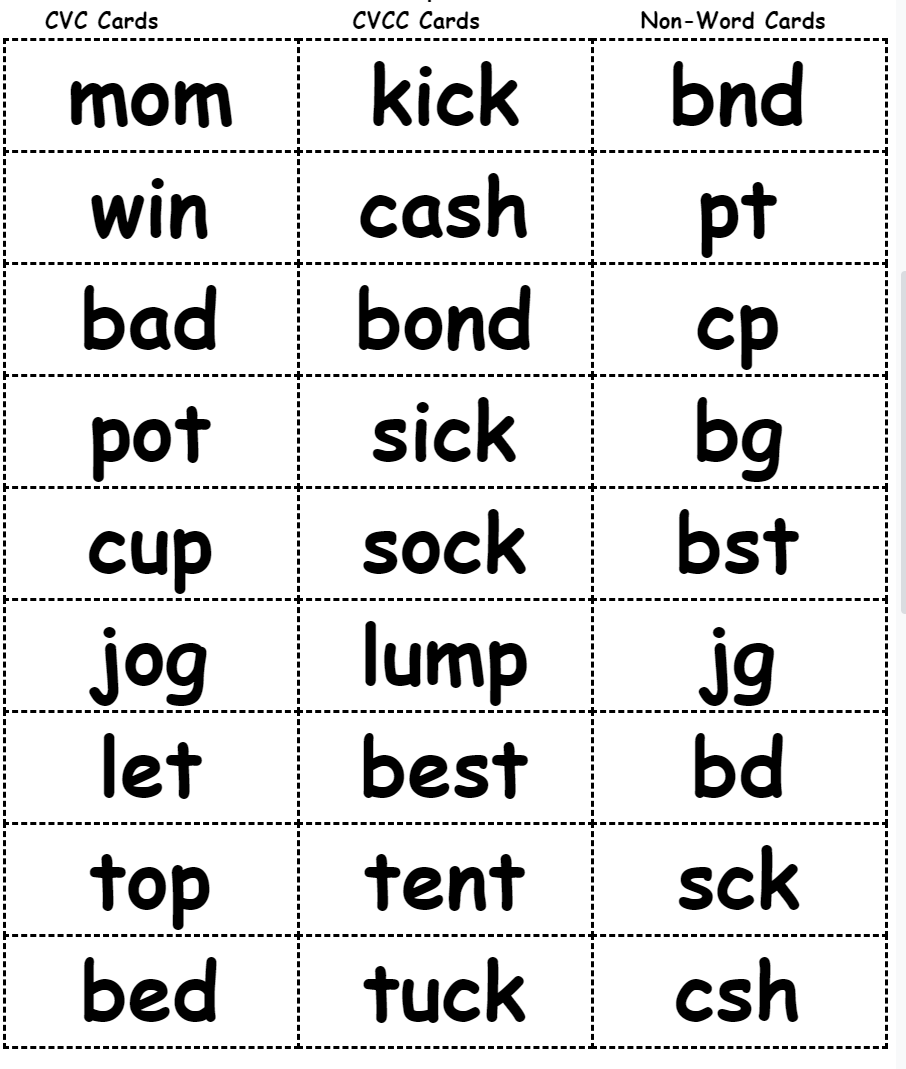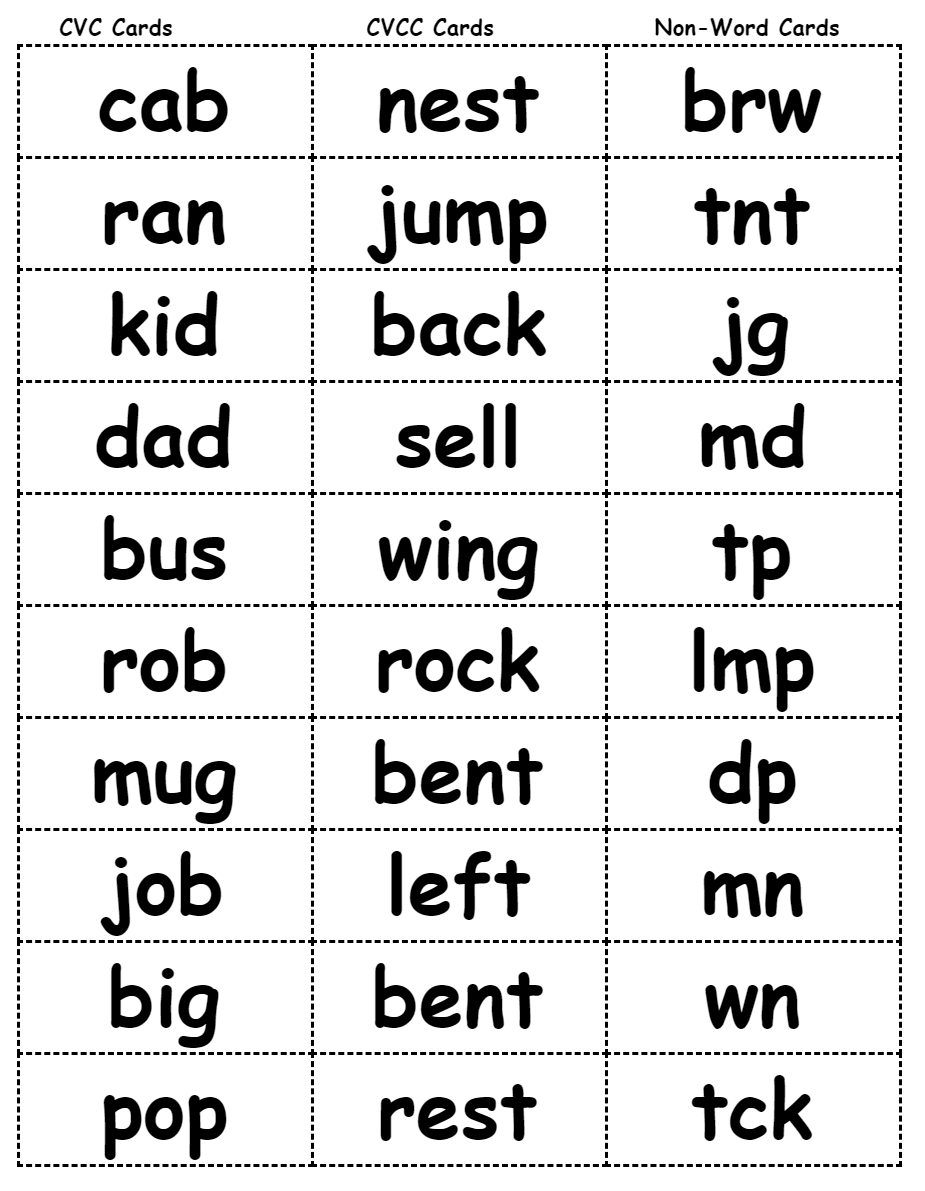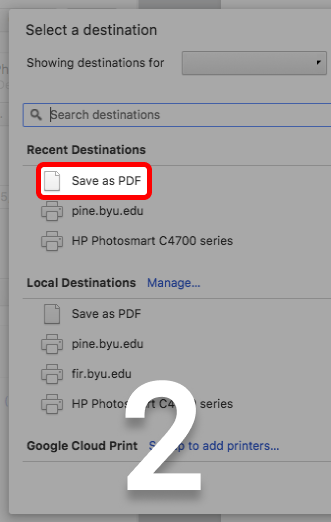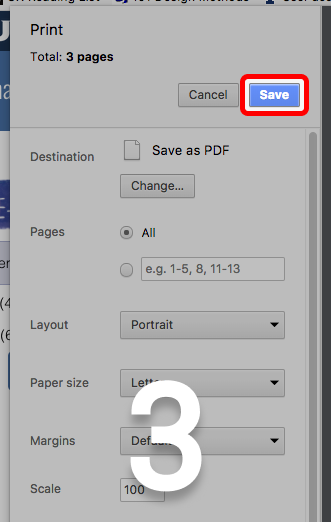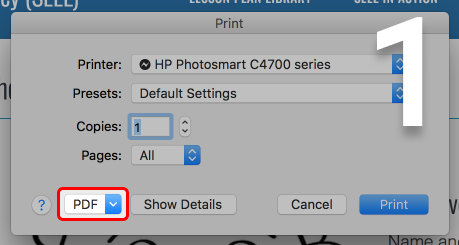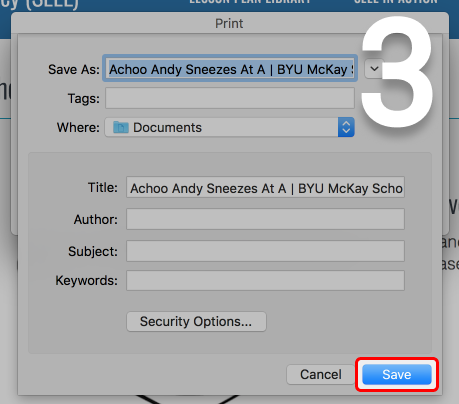Making Mud
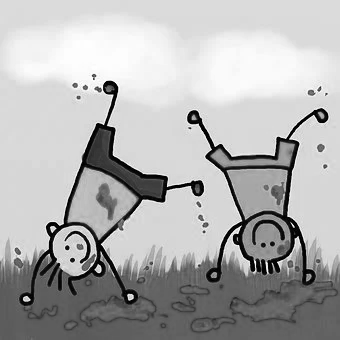
Objective
Differentiate between real words that contain a vowel and non-words that contain only consonants.
Lesson Plan
Target Words:
- win
- won
- mad
- mud
- tent
- sent
Materials:
- File folder
- Envelope labeled Every word has a vowel
- Word and non-word cards*
* Items included below.
Overview
The children will play a sorting game where they identify real words that contain a vowel and non-words that don’t contain a vowel.
Literacy Activities
Sorting words
- Open the file folder and label one side Yes and the other side No.
- Fill an envelope with shuffled word cards and non-word cards (found below).
- Explain to the children that every word must have a vowel and show them an example of a consonant-vowel-consonant word (CVC) and a non-word (no vowel).
- Have the children take turns choosing a card from the envelope and taping it to the Yes side of the folder if it has a vowel in it or to the No side if it does not have a vowel.
- Have the children tell why they put their word on the Yes or No side.
- Ask the children to read all the words on the Yes side aloud.
Making mud
- On a whiteboard, write the five vowels (a, e, i, o, u) and a list of non-words that can be made into consonant-vowel-consonant (CVC) words (e.g., m_d or w_n).
- Let the children add a vowel in the blank between the two consonants to create a real word (e.g., m_d→ mud; j_g→ jog; w_n→ win) and say, “I’m making ___ (mud).”
- Repeat the activity with non-words that can be made into consonant-vowel-consonant-consonant (CVCC) words (e.g., p_th→ path; r_sh→ rash; s_nt→ sent).
- Have the children take turns putting a vowel in the blank to make a real word and then reading it aloud.
More Practice
Identify the structure of the word
- Remind the children that every word must have a vowel and write the vowels on the board.
- Write CVC, CVCC, and Not as headings on the board and then show the children a word card example of each category while helping them determine which heading it should go under.
- Have the children take turns sorting the word cards and placing them under the appropriate headings.
Find the word patterns
- Write a few sentences on the board with examples of CVC and CVCC words in them (e.g., “The dog fell in the puddle.”).
- Have the children take turns using a crayon or marker to circle the CVC words and underline the CVCC words.
Read More
Standards
SEEL lessons align with Common Core Standards. Please see the standards page for the code(s) associated with this lesson.

http://education.byu.edu/seel/library/
711732
Making Mud






